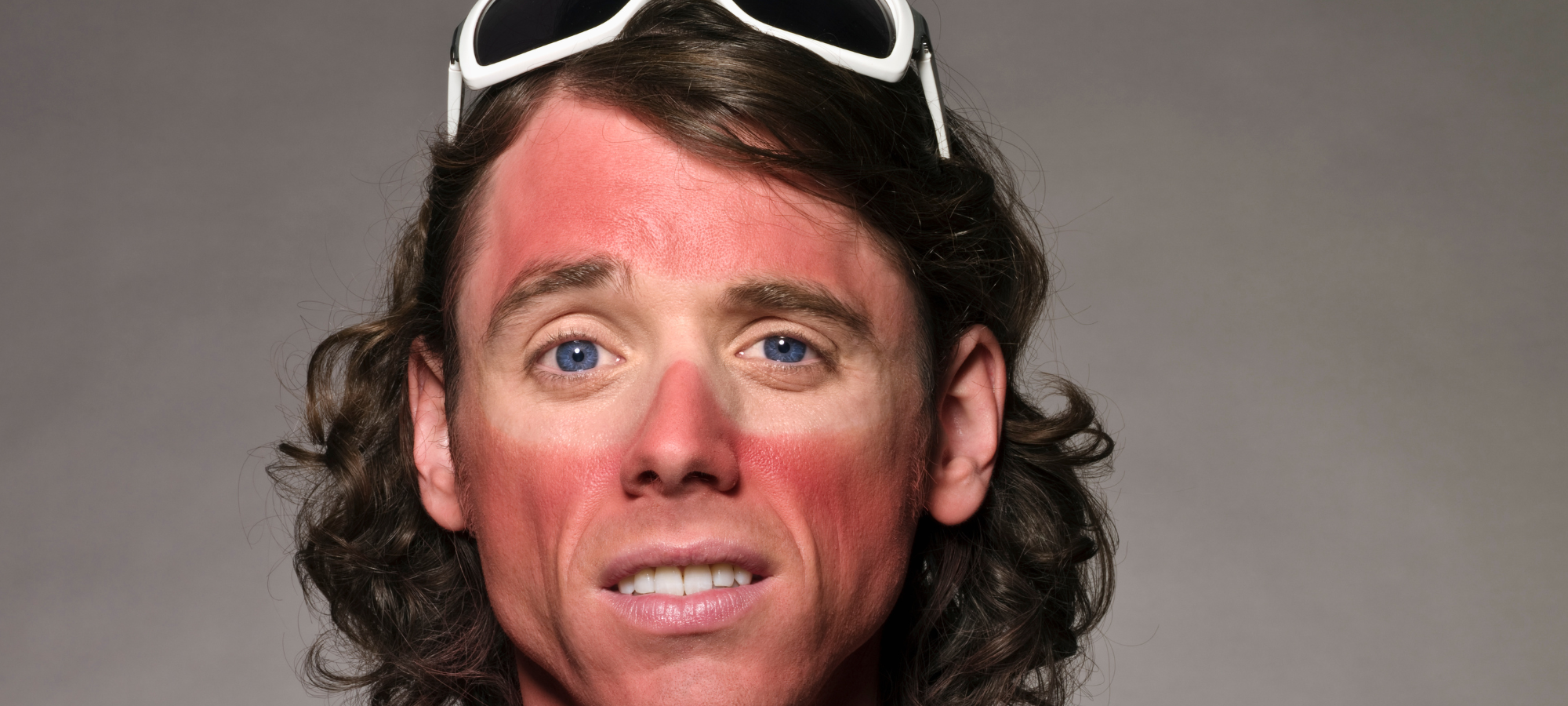
3 things to consider when choosing sunscreen
July 26, 2022
How do you pick out your sunscreen? Do you grab your tried and true brand from the shelf and quickly be on your way to the beach? Do you take a look at the prices and choose whichever is the best value? Or maybe someone told you one day to only get SPF 60 so you narrow your search down that way.
If any of those strategies sound like yours, you may want to broaden your scope. There is actually a lot to consider when choosing the sunscreen that will best protect your skin—and the brand that works best for one person may not be the best option for someone else!
Here’s three things to consider the next time you find yourself looking at rows and rows of sunscreen bottles:
Which SPF is best?
.png)
The Sun Protection Factor (SPF) number indicates how long you can be out in the sun before your skin starts to burn while wearing a particular sunscreen. If you’re wearing SPF 15, you can theoretically be in the sun for 15 times longer than the normal time it would take for you to burn.
So, if it would normally take 10 minutes of exposure for your skin to become sunburnt, and you wear an SPF 30 sunscreen, it would theoretically take 30 times as long—in this example, about 5 hours, for your skin to burn.
It’s important to note that this is not an exact science. If you’ve ever been out in the sun for a couple hours without reapplying your SPF 30 sunscreen, you probably know that it doesn’t take all that long for a burn to develop!
That’s because, in reality, SPF actually measures the amount of exposure to UV rays your skin can handle without burning, not the time it takes your skin to burn. Exposure amounts can vary widely based on the time of day, time of year and whether you’re directly in the sun or have found a shady spot.
That said, SPF is a good indicator of how protected you will be from sunburns, aging effects and skin cancer. Always purchase at least an SPF 30 sunscreen, as anything below SPF 15 will not protect you from aging or cancer.
What is broad spectrum protection?
Broad spectrum sunscreen is recommended by agencies such as the American Dermatology Association (ADA) due to its dual action: it protects against UVA and UVB rays.
- UVA rays are the responsible for sun related wrinkles and aging
- UVB rays are arguably stronger and what causes sunburns and cancers
Until recently, most people didn’t consider the aesthetics of sunscreen beyond getting a lobster-like burn, but it goes without saying that most people don’t want extra wrinkles and they especially want to avoid cancers.
Allergens and sensitivities
.png)
Has your skin ever reacted to a cream or product that seemed harmless? Even if it hasn’t, when you factor in the power of the sun, even the most innocent products can cause damage. Like many prescription medications and standard wrinkle creams, the addition of a little vitamin D can be a disaster.
According to the American College of Allergy, Asthma, and Immunology, there are four chemical ingredients that most commonly cause adverse reactions to sunscreen:
- oxybenzone (benzophenone-3)
- dibenzoylmethanes
- cinnamates
- benzophenones
Your food allergies could be an indicator of a sunscreen allergy too. It's always a good idea to read the ingredients if you can. We advocate for checking the ingredients of any product you decide to apply to your body, such as the lupine found in Westin Hotels shampoo, and the pea protein found in certain creams. These are allergies related to peanuts.
Now go soak up the sun (safely)!
When considering which sunscreen to use, it's important to remember why you are purchasing the product to begin with: protection and improved skin care. Considering these 3 factors is a no fail way to choose which sunscreen is best for you, so you can spend less time worrying about looking like a lobster and more time enjoying the summer!
.png)
